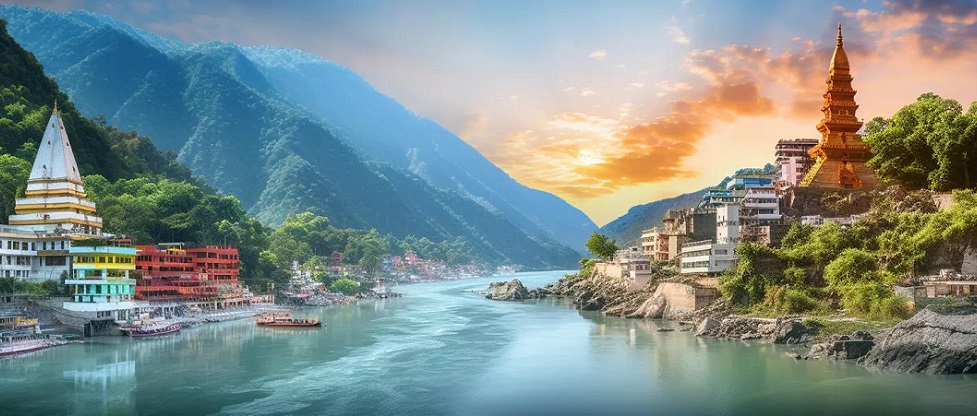Nestled in the foothills of the Himalayas, Rajaji National Park and the adventure hub of Rishikesh offer an unparalleled experience for wildlife enthusiasts and adventure seekers alike. This region is a treasure trove of biodiversity, cultural richness and thrilling activities that cater to the wild at heart.
Rajaji National Park: A Haven for Wildlife Lovers
Rajaji National Park, spanning over 820 square kilometers across the states of Uttarakhand and Uttar Pradesh, is a sanctuary for nature lovers. Named after C. Rajagopalachari, the last Governor-General of India, the park boasts a rich tapestry of flora and fauna.
Biodiversity: The park is home to over 315 bird species, making it a bird-watcher's paradise. From the majestic Great Hornbill to the vibrant Kingfisher, the avian diversity is simply spectacular. Mammal enthusiasts can look forward to spotting Asian elephants, tigers, leopards and the elusive Himalayan black bear. The park’s rivers and streams support a variety of aquatic life, including the endangered Ganges River dolphin.
Safari Experience: Embarking on a jeep safari through Rajaji National Park is an exhilarating experience. As you traverse the rugged terrain, the sight of elephants roaming freely and the occasional glimpse of a tiger or leopard are moments to cherish. The park also offers guided walking tours, providing a closer look at the rich vegetation and the smaller, often overlooked creatures of the forest.
Best Time to Visit: The ideal Time to visit Rajaji National Park is from November to June, when the weather is pleasant and the chances of wildlife sightings are high. The park remains closed during the monsoon season (mid-June to mid-November) due to heavy rainfall.
Rishikesh: The Adventure Capital
A short drive from Rajaji National Park brings you to Rishikesh, a town that seamlessly blends spirituality with adventure. Known as the "Gateway to the Garhwal Himalayas," Rishikesh is famed for its yoga and meditation centers, but it’s also a magnet for adventure sports enthusiasts.
River Rafting: The mighty Ganges River offers some of the best white-water rafting experiences in India. The rapids, ranging from grade I to IV, cater to both novices and seasoned rafters. The thrill of navigating through turbulent waters with the scenic backdrop of the Himalayas is unmatched.
Bungee Jumping and More: For those seeking an adrenaline rush, Rishikesh doesn’t disappoint. Jumpin Heights, one of the most popular bungee jumping spots in India, offers a free fall from a height of 83 meters. Other activities include zip-lining, cliff jumping and kayaking.
Yoga and Relaxation: After the excitement of wildlife spotting and adventure sports, Rishikesh offers ample opportunities to unwind. The town is dotted with ashrams and yoga centers where you can practice yoga, meditate and rejuvenate your mind and body. The evening Ganga Aarti at Parmarth Niketan Ashram is a serene experience that should not be missed.
Combining the Two: An Ideal Itinerary
Day 1-2: Start your journey at Rajaji National Park. Spend two days exploring the park, indulging in jeep safaris, bird-watching and nature walks. Stay at one of the forest lodges or eco-resorts for an immersive experience.
Day 3-4: Head to Rishikesh, which is just a 1-2 hour drive from the park. Spend your days engaging in adventure sports like river rafting, bungee jumping and zip-lining. In the evenings, take a stroll along the Ganges, participate in yoga sessions and experience the Ganga Aarti.
Travel Tips:
Accommodation: Book accommodations in advance, especially during peak seasons.
Guides: Hire experienced guides for safaris and adventure activities to ensure safety and a richer experience.
Packing Essentials: Pack light but include essentials like binoculars, a camera, comfortable clothing and sturdy footwear.
Rajaji National Park and Rishikesh together offer a unique blend of wildlife, adventure and tranquility. This journey promises an unforgettable experience, leaving you with memories of thrilling encounters with nature and moments of serene reflection by the Ganges.


